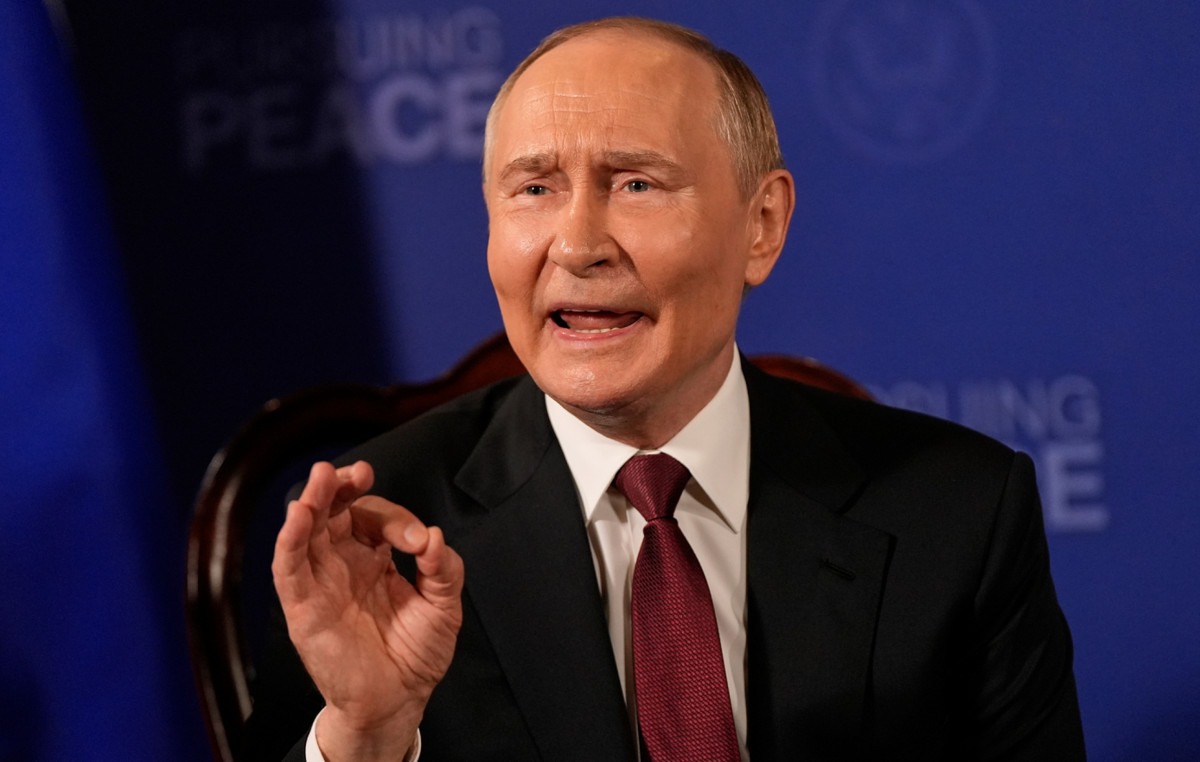- The minutes of the Fed meeting of March 9-19 will be published on Wednesday.
- The Federal Reserve maintained a cautious posture in its March event.
- Investors contemplate a possible rate cut at the May 7 meeting.
The expected minutes of the monetary policy meeting of the United States Federal Reserve (USA) of March 9-19 will be published on Wednesday at 6:00 p.m. GMT. During the meeting, those responsible for the policy agreed to maintain the objective range of federal funds (FFTR) without changes in 4.25%-4.50%.
The latest update of the Summary of Economic Projections (SEP) highlighted a palpable feeling of uncertainty within the Federal Open Market Committee (FOMC).
In fact, his revised perspective for 2025 and 2026 was remarkably reduced, pointing out caution among those responsible for politics. However, despite the most conservative expectations, the Fed projection still anticipated two cuts in the federal fund rate in 2025, underlining a continuous commitment to monetary flexibility.
The Fed maintained a hard line posture, and Powell confirmed it
In a decisive movement, the Federal Open Market Committee unanimously voted to maintain the stable policy rate this March. However, two themes dominated the discussions: a cloud of uncertainty and the imminent impact of US tariffs.
In his usual press conference, the president of the Federal Reserve, Jerome Powell, characterized uncertainty as “unusually high.” He explained that the Central Bank officials were dealing with great challenges to update economic projections in the middle of a series of new Trump administration policy movements. Powell warned that Fed could face delays in the progress of its inflation objectives, since inflation had begun to increase – an effect that attributed, at least in part, to tariffs.
Talking with business journalists in Virginia on April 4, Powell commented that President Donald Trump’s new tariffs turned out to be “bigger than expected.” He painted a panorama of an economic landscape where the increase in tariffs could trigger greater inflation and slower growth, which could push the central bank to a series of difficult decisions.
In addition to the conversation, the governor of the Federal Reserve, Adriana Kugler, observed that the recent increase in the inflation of market goods and services could be a prelude to the complete impact of tariffs. He stressed that, despite the changes in economic conditions, the primary priority of the Fed must continue to be inflation under control.
When will the FOMC minutes be published and how could the US dollar affect?
The FOMC is scheduled to publish the minutes of its policy meeting of March 18-19 at 6:00 p.m. on Wednesday, and market observers prepare to obtain key information.
Participants will be particularly attentive to any indication about a slowdown in the quantitative tightening rhythm (QT) and the discussions that led to rates fixers to project “stagflation” scenarios in their updated “Diagram of Points”.
President Powell said the economy remains well positioned, although the growing uncertainty and possible slowdown in economic activity could exert pressure on the US dollar (USD). The debate on the probable impacts of US tariffs is also expected to have a prominent role.
In a recent report, Senior Analyst Pablo Piovano of FXSTREET offered a perspective on the US dollar index (DXY).
He argued: “In the event that sellers recover the advantage, the index should find their immediate containment at a minimum of 2025 of 101.26 (April 3) and below at the minimum of 2024 of 100.15 (September 27), just below the crucial level of 100.00.”
“The occasional episodes of strength, on the other hand, should initially find resistance in the weekly peak of 104.68 (March 26), an area just below the simple mobile average critic of 200 days in 104.83. While it is below that level, additional losses in the DXY should remain very likely,” he added.
Piovano also noted that the impulse indicators suggest more short -term setbacks – with the daily relative force index around the 42 region and the average directional index of about 37, which suggests that the current trend could be accumulating additional strength.
Economic indicator
FOMC minutes
The Federal Open Market Committee (FOMC) organizes eight meetings per year and reviews the financial and economic conditions to determine the appropriate position on monetary policy. It also evaluates existing risks on long -term price stability objectives and sustainable economic growth. The elders of the FOMC publishes them the Board of Governments of the Federal Reserve System And it is a clear guide on interest rates in the United States. A change in this report affects the volatility of the dollar. If the minutes show a firm perspective, this will be considered as bullish for the dollar.
Read more.
Next publication:
MIÉ APR 09, 2025 18:00
Frequency:
Irregular
Dear:
–
Previous:
–
Fountain:
Federal Reserve
The minutes of the Federal Open Market Committee (FOMC) are generally published three weeks after the day of the Policy Decision. Investors seek clues about policy perspectives in this publication along with the divided vote. It is likely that a bullish tone provides an impulse to the dollar, while a moderate posture is considered negative for the USD. It should be noted that market reaction to FOMC minutes could be delayed since the media do not have access to publication before launch, unlike the FOMC policy declaration.
Fed Faqs
The monetary policy of the United States is directed by the Federal Reserve (FED). The Fed has two mandates: to achieve prices stability and promote full employment. Its main tool to achieve these objectives is to adjust interest rates. When prices rise too quickly and inflation exceeds the objective of 2% set by the Federal Reserve, it rises interest rates, increasing the costs of loans throughout the economy. This translates into a strengthening of the US dollar (USD), since it makes the United States a more attractive place for international investors to place their money. When inflation falls below 2% or the unemployment rate is too high, the Federal Reserve can lower interest rates to foster indebtedness, which weighs on the green ticket.
The Federal Reserve (FED) celebrates eight meetings per year, in which the Federal Open Market Committee (FOMC) evaluates the economic situation and makes monetary policy decisions. The FOMC is made up of twelve officials of the Federal Reserve: the seven members of the Council of Governors, the president of the Bank of the Federal Reserve of New York and four of the eleven presidents of the regional banks of the Reserve, who exercise their positions for a year in a rotary form.
In extreme situations, the Federal Reserve can resort to a policy called Quantitative Easing (QE). The QE is the process by which the Fed substantially increases the flow of credit in a stuck financial system. It is a non -standard policy measure used during crises or when inflation is extremely low. It was the weapon chosen by the Fed during the great financial crisis of 2008. It is that the Fed prints more dollars and uses them to buy high quality bonds of financial institutions. The one usually weakens the US dollar.
The quantitative hardening (QT) is the inverse process to the QE, for which the Federal Reserve stops buying bonds from financial institutions and does not reinvote the capital of the bonds that it has in portfolio that they expire, to buy new bonds. It is usually positive for the value of the US dollar.
Source: Fx Street
I am Joshua Winder, a senior-level journalist and editor at World Stock Market. I specialize in covering news related to the stock market and economic trends. With more than 8 years of experience in this field, I have become an expert in financial reporting.







